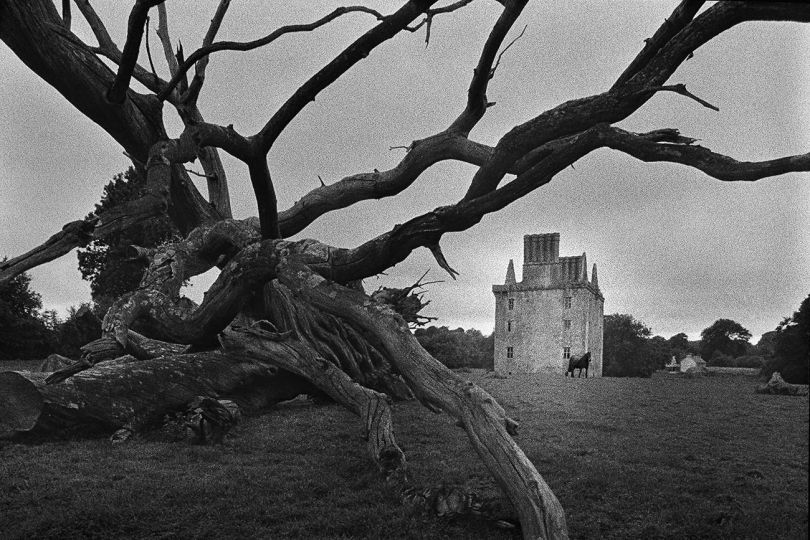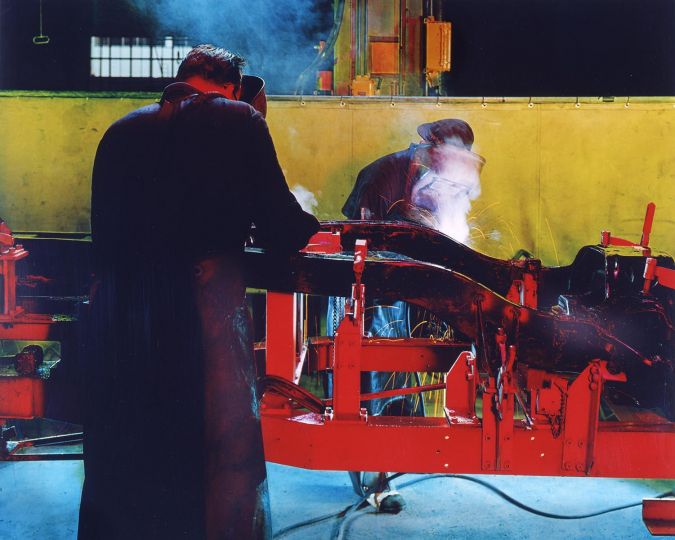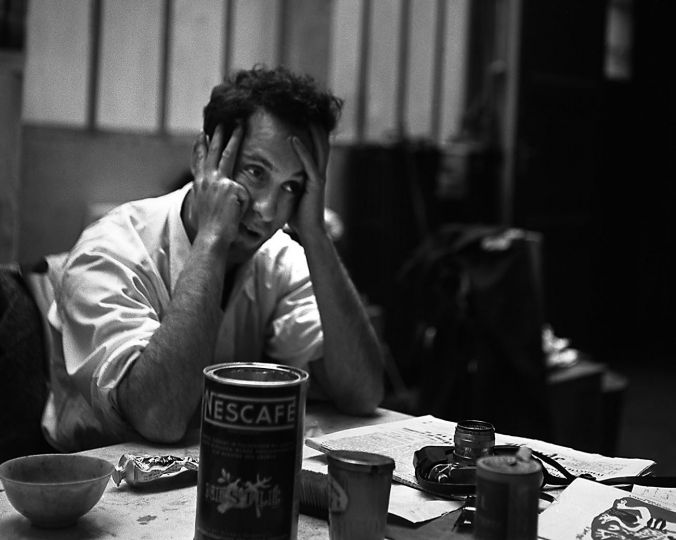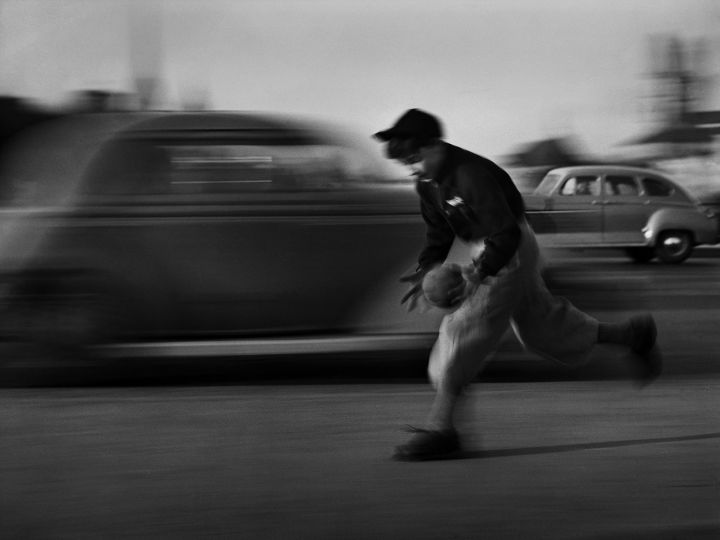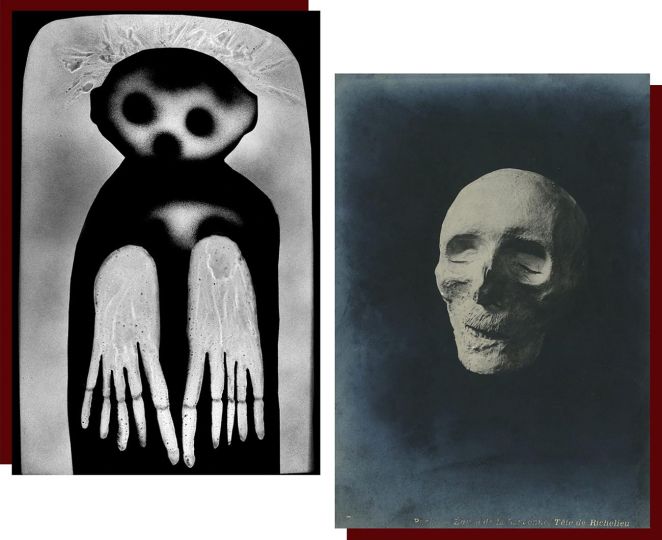You hear people say all the time as they’re strolling through an art fair: “That’s a good stand, but this one isn’t.” Less often are they asked to justify their pronouncements. To learn more, this question was asked to those who, at one moment or another, visit, attend and organize art fairs, in the hopes of understanding which criteria allow us to separate the good from the bad.
An art fair is a temporary exhibition that gathers into a given time and place both merchandise and customers. Fairs have a history. One of the oldest was held in Paris from 1176 to 1789. Visitors could just as easily purchase a pig as a painting there, for example, in 1650, one by Nicolas Poussin, for sale by the famous merchant Forest. The fair was straightforward then. It was a large public market. Then in 1963, what would go on to become the Basel Fair opened, along with the Salon International des Galeries Pilotes in Lausanne, and all hell broke loose.
The issue is not knowing whether or not a stand is good or bad, but to sell works of art publicly and affirm that the work of art is a commodity. We aren’t talking about a selection committee, the stands are chosen at random, organized in a museum and, as for the first editions of Fiac, when the event was held under the auspices of renowned institutions. Now the fairs have become international and prestigious. Through selection committees, they construct an aesthetic and economic hierarchy of galleries, a selection whose justification, “isn’t always obvious,” says Jean-Pierre Jouët, one of the founders of Fiac.
This article was written by Françoise Paviot. Published by Le Journal des Arts
Read the full article on the French version of Le Journal.







